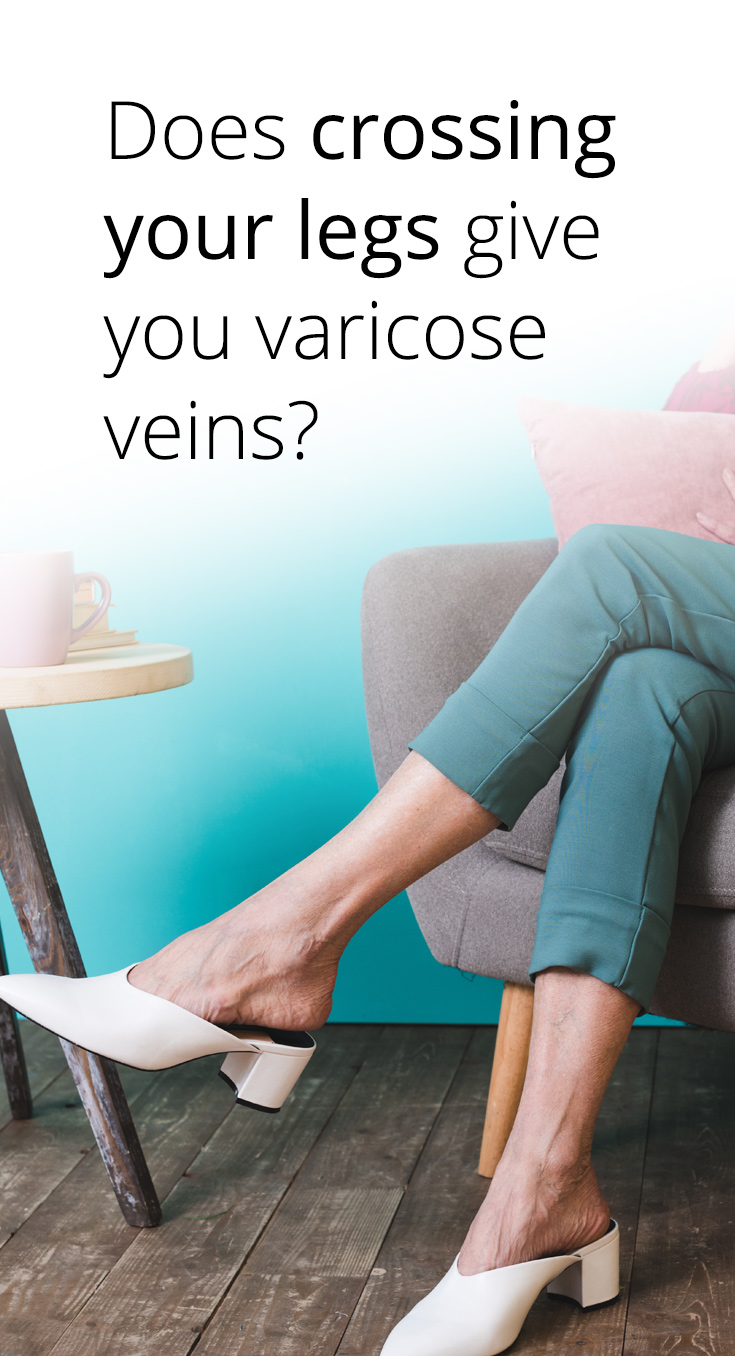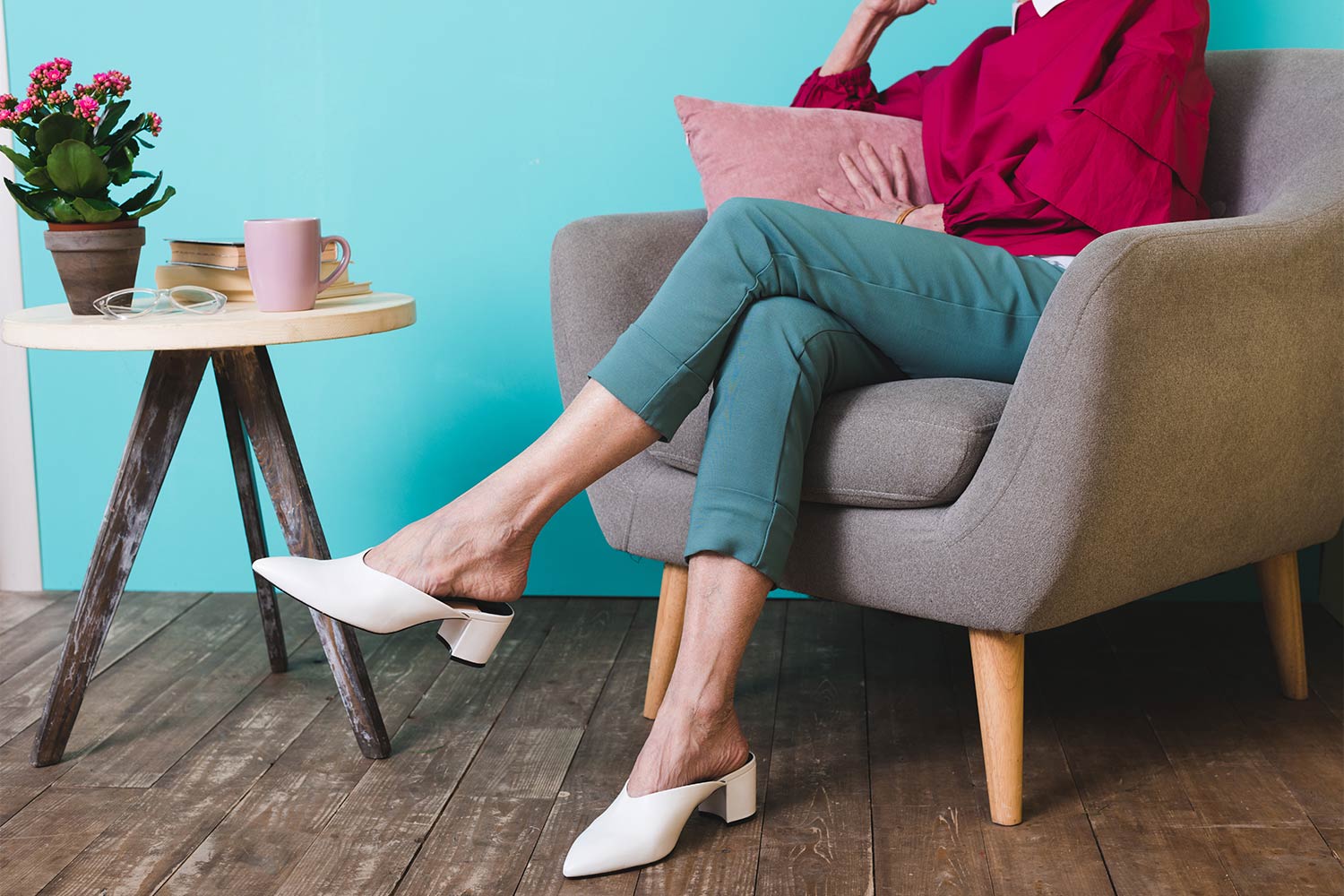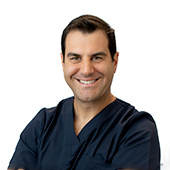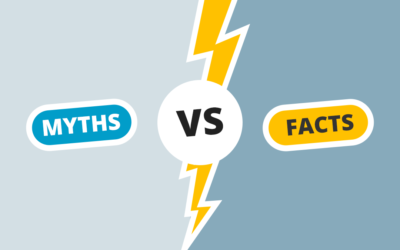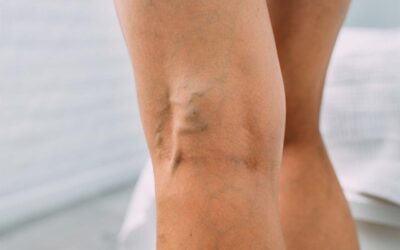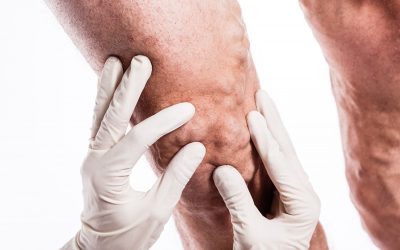There is a myth surrounding the uncomfortable protruding veins on the legs that seem to appear almost from nowhere as we age. This myth persistently catches most people out, because they have assumed all their lives that their varicose veins were caused by something they did during their lifetime.
Specifically, the myth that surrounds varicose veins is that they are caused by the persistent crossing of your legs, with the position accentuating the production and appearance of the veins.
In this article, we debunk the most widespread myth about varicose veins, explaining whether your crossed legs are really doing the damage, how varicose veins are formed, and what treatments are available to rid you of them.
Does crossing your legs cause varicose veins?
Varicose veins in your legs are not caused by crossed legged sitting. No amount of attention to actively uncrossing your legs will change your exposure to varicose veins, nor will it help decrease the appearance, or help them disappear entirely.
Why the myth has occurred in the first place has to do with the pressure upon the blood vessels in the legs, with the assumption that once the pressure is applied, the veins expand. While the position might not be favourable if you do suffer from varicose veins, simply because of how painful or uncomfortable this may feel for you, it certainly wasn’t caused by this sitting position.
What does cause varicose veins?
Unfortunately, there is no conclusive reason why people suffer from varicose veins. However, there are few genetic, gender and hormonal trends that we have been able to identify to be associated with varicose veins. They are:
Genetic history – Those who have a genetic history of varicose veins in the family seem more likely to suffer from them, inheriting the trait from their loved ones.
Activity level – It has been noted that people who participate in certain regular activities are more prone to varicose veins than others. People who work in standing positions, who are on their feet all day can suffer from varicose veins, as well as people who don’t have any mobility and those who suffer from obesity.
Leg conditions – People who have suffered from venous thrombosis or certain leg injuries are more likely to suffer from varicose veins after their condition or after an injury has been diagnosed.
Gender – While up to 30% of all men and women are affected, women tend to suffer from varicose veins earlier in life. This is due to the hormonal fluctuations women endure during hormonal changes in the body, most likely due to puberty, pregnancy and menopause, and artificial hormonal exposure from contraceptives.
Pregnancy – As we mentioned above, the hormonal changes during pregnancy have been known to bring on varicose veins. During pregnancy, extra pressure is placed on pelvic veins by the baby, placenta, and uterus. This can aggravate existing or produce new varicose veins in the pelvic region or in the legs. These can worsen across multiple pregnancies, with women often suffering from more with each pregnancy.
How do you treat varicose veins?
Luckily, while it may not be concrete on what causes varicose veins, there are many different treatment alternatives to remove them. In our clinic, we use the following reliable methods:
Endovenous Laser Ablation – as the name suggests, this treatment uses a laser fibre to remove the varicose vein. After a small incision, the laser fibre is inserted into the vein, which results in the vein collapsing. This is one of our most common treatments and is one of the most recognised methods to remove varicose veins.
Ultrasound Guided Sclerotherapy – through the use of ultrasound, the affected veins are identified, many of which aren’t visible on the surface or from simple observation. Once we have established the pattern of the veins, the sclerosant solution is injected into the varicose veins, resulting in the walls collapsing and absorbing into the body.
VenaSeal – a process that involves using a medical-grade seal to shut the affected vein. After this application, the vein hardens, causing the affected vein to be absorbed into the body.
Why treat varicose veins?
Untreated varicose veins can lead to far greater issues. While most people don’t like the sight of the bulging leg veins, if left unattended, varicose veins can cause venous eczema, discolouration of the skin, lipodermatosclerosis, oedema, and venous ulceration. Therefore, if you are experiencing any symptoms, in either appearance or pain, contact us today to get your treatment started.
Key Takeaways
- Varicose veins are not caused or worsened by crossing the legs. The causes are understood to include genetic factors, hormonal changes, pregnancy, and standing for long hours each day (eg: people who work in health care, factories, or retail, etc).
- Common treatments for varicose veins include: medical adhesive closure, ultrasound-guided therapy and endovenous laser ablation.
